How you water your plants will depend upon the medium that it is planted in, so we will be going through different types of mediums and how to adjust your watering accordingly.
Overwatering is often thought about as how much water you give your plant at one time. However, this is usually not true- if your plant is well rooted, you should always water thoroughly so that the medium is soaked all the way through. This helps encourage healthy root systems. If your pot has drainage holes, any excess water will simply drain away, so you should not be afraid of giving your plant too much water at any one given time.
To us, overwatering is simply watering too frequently. This usually means watering when your plant’s medium is still very wet from the last watering. This can cause issues like rot to occur.
Another thing to consider when watering is adding nutrients to your water, such as calcium, magnesium, or additional fertilizer. Refer to our article Necessities for Every Plant Collector for more information on where to start with adding nutrients to your water.
Pure Moss
When potting our plants in pure long-fibered moss, we make sure to pack the moss firmly. This ensures that the water gets soaked thoroughly and also dries appropriately. The moss will change color and become lighter when it starts to dry, and the top layer will usually dry out first. However, the moss should not dry out completely in between waterings. Moss that is completely dry becomes hydrophobic and water will drain through without being soaked up by the moss. If this happens, soak the moss briefly and drain or squeeze away excess moisture.
Moss Perlite
We pot many of our plants in an approximately 50/50 mix of milled moss and perlite. Moss-perlite is similar to pure moss in care. It is also packed tightly when potted, and when it begins to dry it changes color. You should water at this point, and do not let it dry completely.
Lechuza-Pon
Lechuza-pon is a medium that we use to grow plants semi-hydroponically. It is also the easiest to provide water for. To set it up, grab a plastic tray or deep saucer, and fill it with some perlite or gravel to about ½”- 1” deep. Fill it with water to the top of the perlite or gravel, and place your plant in the tray. Your plant will draw up the water from the tray as needed through a process called capillary action. Simply refill the tray with water as it dries out.
Perlite
We occasionally pot our plants in pure perlite. We generally use perlite to grow plants semi-hydroponically in the same way that we use lechuza-pon. To set it up, grab a plastic tray or deep saucer, and fill it with some perlite or gravel to about ½”- 1” deep. Fill it with water to the top of the perlite or gravel, and place your plant in the tray. Your plant will draw up the water from the tray as needed through a process called capillary action. Simply refill the tray with water as it dries out.
Aroid Mix
We don’t typically use aroid mix in our nursery, although we have a few of our mother plants potted in our custom aroid mix. We make our own blend by combining equal parts of peat based soil, bark and perlite. Sometimes we mix in nutricote which is a slow-release fertilizer. When watering an aroid mix, it is usually best to let the top layer dry out in between waterings. To check if your plant has dried out, we like to stick our finger in the top layer to feel moisture levels and water if the top 2” feels dry.
In some cases, your plants will give you signs that they are getting thirsty. This will vary greatly depending on the plant species and how much they have dried out. However, some general signs that your plant may be thirsty include:
- Drooping leaves- many plants will start to droop when thirsty. Some plants will wilt more dramatically, and others only wilt slightly, so paying close attention to these signs can help you be in tune with your plants needs.
- In some extreme cases, leaves will start to yellow. Yellowing leaves can be a sign of other things, too- but if the medium is very dry and you have ruled out other issues, you can presume that extreme thirst is causing this issue
Another way to tell that your plant is drying out is to become familiar with the weight of the pot when it is thoroughly watered versus dry, and use that as another indicator.


